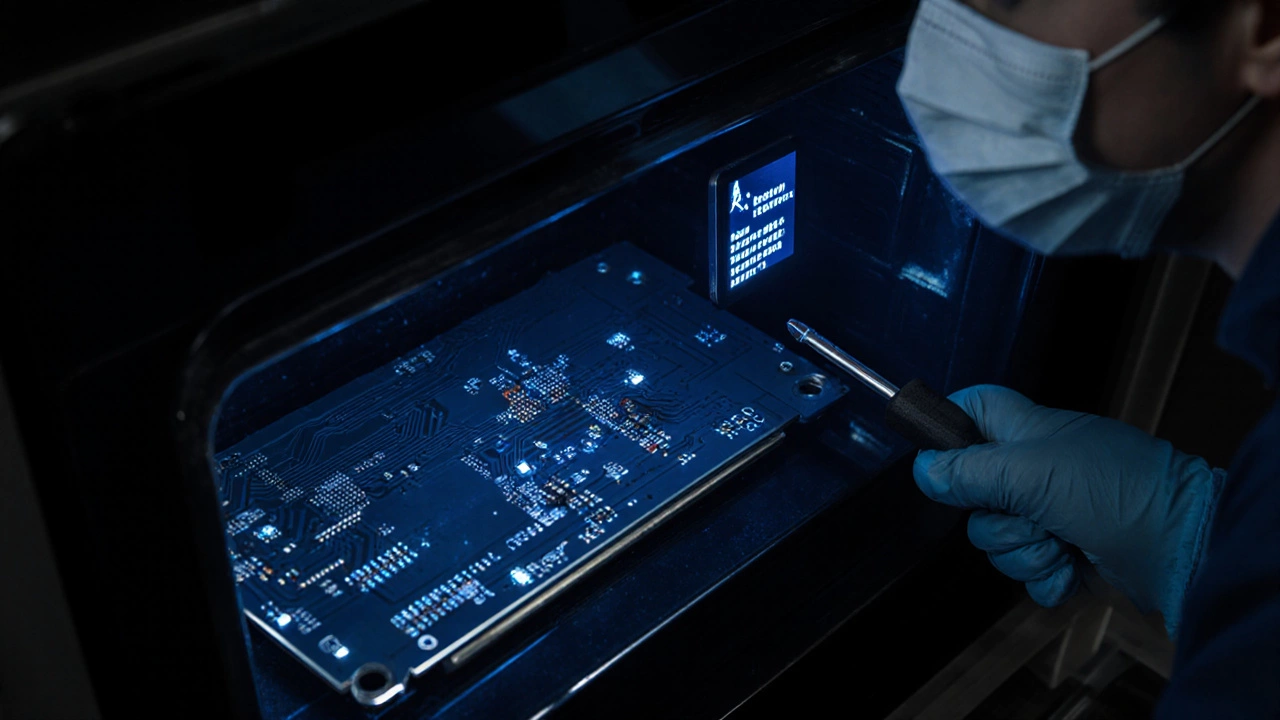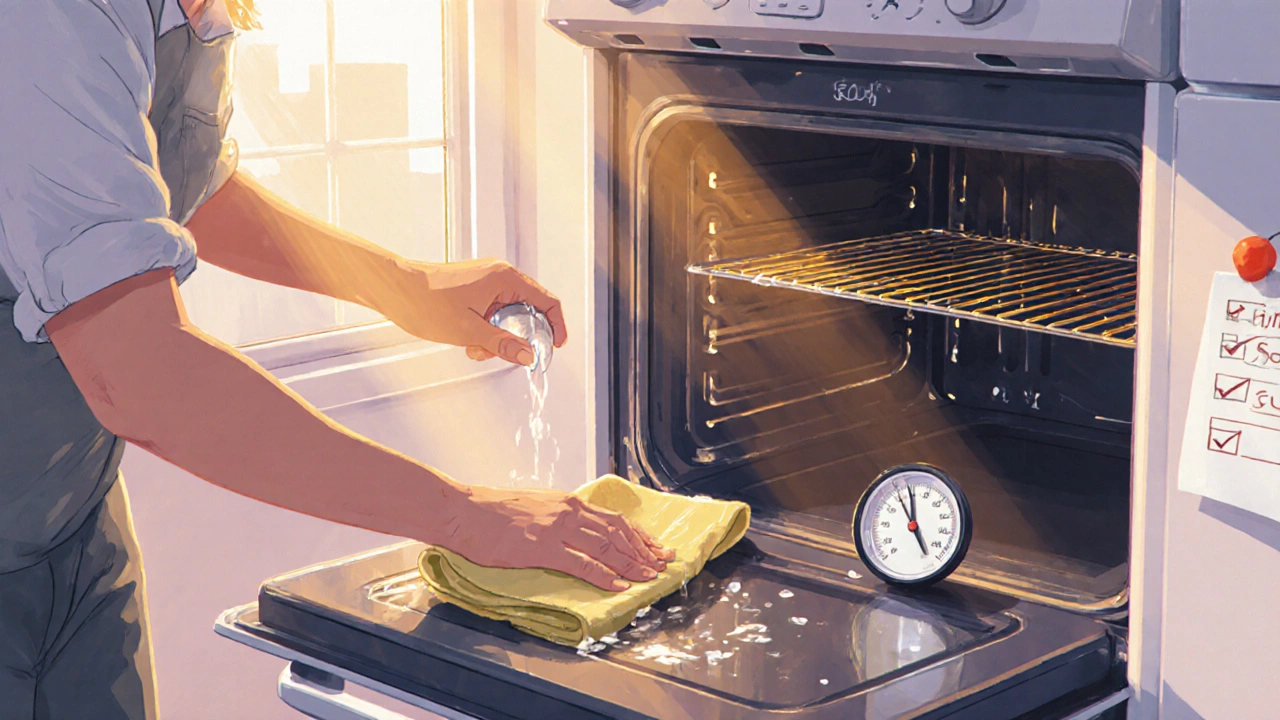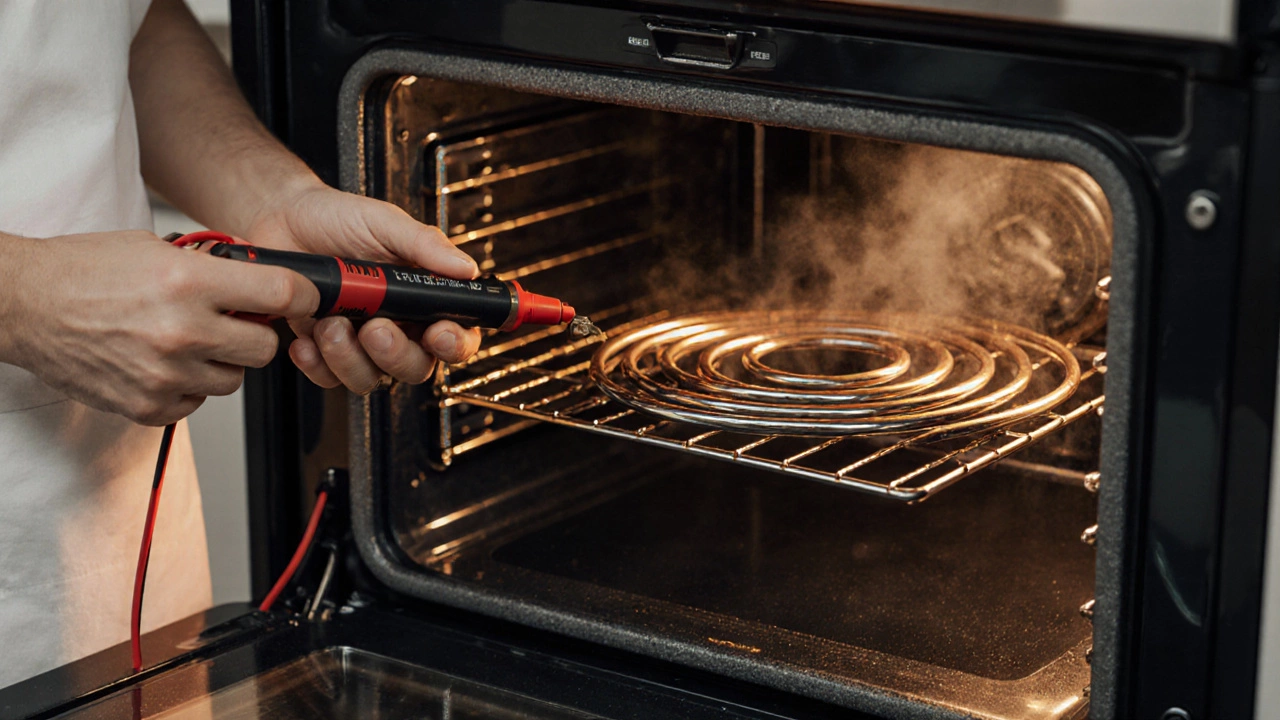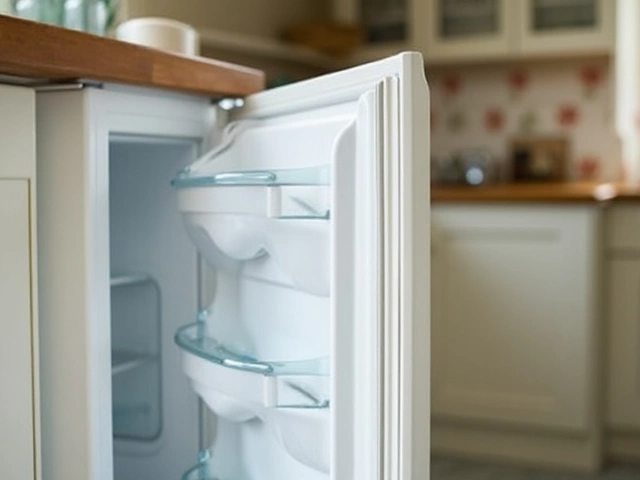Oven Problem Diagnosis Tool
Select Symptoms You're Experiencing
Choose one or more symptoms below to diagnose potential oven issues.
Diagnosis Results
Select symptoms and click "Diagnose My Oven" to see possible causes and fixes.
When your Oven is the centerpiece of most kitchens, a single glitch can ruin dinner plans and push you into a costly service call. Knowing the most frequent hiccups helps you spot the issue early and decide whether you can DIY or need a pro. Below you’ll find the top culprits, how they show up, and practical steps to get your cooking gear back on track.
Key Takeaways
- Heating element failures and faulty thermostats account for the majority of oven malfunctions.
- Door seal wear, control board glitches, and igniter problems are other common pain points.
- Most issues can be diagnosed with a simple visual inspection and a multimeter.
- Safety first: unplug the oven or turn off its breaker before any testing.
- When in doubt, call a licensed technician to avoid voiding warranties.
1. Heating Element Not Working (Electric Ovens)
The heating element is a metal coil that converts electricity into heat inside the oven cavity is the most common failure point for electric models. If you notice uneven baking, no heat at all, or an orange‑tinted coil, the element is likely the culprit.
How to test: Turn off power, disconnect the oven, and use a multimeter set to ohms. A healthy element reads between 30‑50Ω. Anything infinite or wildly out of range means the coil is broken and needs replacement.
Replacement cost in Brisbane typically runs $80‑$150 for the part plus labor if you’re not comfortable swapping it yourself.
2. Thermostat or Temperature Sensor Failure
The thermostat regulates the oven’s temperature by turning the heating element on and off (or, in newer models, a temperature sensor does the same job). A mis‑reading thermostat can cause the oven to stay too cool or overheat.
Symptoms include persistent temperature swings, baking items that are always undercooked, or an oven that won’t reach the set temperature.
To check, remove the thermostat and measure resistance at room temperature; it should be near the value printed on the part (often around 1kΩ). If the reading is far off, replace it.
3. Door Gasket (Seal) Wear
The door gasket is a rubber or silicone seal that prevents heat from escaping the oven chamber can become cracked, brittle, or misaligned over time. A bad seal lets hot air leak, leading to longer preheat times and uneven cooking.
Inspect the gasket for visible cracks or gaps. If you can feel a draft when the oven is on, the seal likely needs a new gasket. These are inexpensive-often under $30-and easy to replace with a screwdriver.

4. Control Board Glitches (Digital Ovens)
The control board is the electronic brain that processes button presses and runs the oven’s programs can develop dead pixels, burnt circuits, or software bugs.
Typical signs are unresponsive buttons, random error codes, or the oven cycling on then off without heating.
Because control boards are complex, testing usually requires a professional. If the board is the problem, expect a part price of $150‑$300 plus labor.
5. Igniter Failure (Gas Ovens)
The igniter creates a spark to light the gas burner in a gas oven can become weak or burn out.
Symptoms include a clicking sound without flame, the oven not heating, or a lingering smell of gas.
Test the igniter’s glow tip with a multimeter; it should read low resistance (around 20‑30Ω). Replace it if the reading is high or if the tip looks darkened.
6. Circuit Breaker or Fuse Tripped
Sometimes the issue isn’t inside the oven at all but with the home’s electrical supply. A tripped circuit breaker protects the circuit by cutting power when current exceeds safe limits or a blown fuse will make the oven appear dead.
Check the breaker panel for a switch that’s flipped to ‘off’ or a fuse that looks blackened. Reset the breaker or replace the fuse, then test the oven again.
7. Sensor Wiring Issues
Loose or corroded wires connecting the temperature sensor, thermostat, or control board can cause intermittent failures.
Inspect wiring harnesses for burnt marks, frayed insulation, or loose connectors. Tighten any loose pins and replace any damaged wires.

Quick Diagnostic Table
| Symptom | Likely Cause | Simple Fix |
|---|---|---|
| No heat at all | Burnt heating element or tripped breaker | Test element with multimeter; replace if open. Reset breaker. |
| Temperature too low/high | Faulty thermostat/sensor | Measure resistance; replace thermostat or sensor. |
| Long preheat times | Worn door gasket | Inspect seal, replace gasket. |
| Clicking but no flame (gas) | Bad igniter | Test igniter resistance; replace if out of spec. |
| Buttons unresponsive / error codes | Control board failure | Call a technician; board replacement. |
Safety Checklist Before You Start
- Unplug the oven or switch off the dedicated circuit at the breaker.
- Gather a multimeter, screwdriver set, and replacement parts.
- Wear safety glasses and gloves to protect against sharp edges and electrical shock.
- Have a fire extinguisher nearby, especially when working on gas ovens.
- Document the model number (usually inside the door frame) for part ordering.
When to Call a Professional
If you encounter any of the following, it’s best to stop and call a licensed appliance technician:
- Control board diagnostics or firmware updates.
- Gas line inspection or igniter replacement that involves handling gas connections.
- Repeated breaker trips indicating a deeper electrical issue.
- Warranty-covered appliances where DIY work could void coverage.
Maintenance Tips to Prevent Future Problems
Regular care keeps the oven humming:
- Wipe spills immediately to avoid residue building on heating elements.
- Check the door gasket every six months for cracks; replace early.
- Calibrate the thermostat annually using an oven thermometer.
- Run a quick 20‑minute empty bake at 450°F once a quarter to burn off food particles.
- Schedule a professional check‑up every 2‑3 years for gas ovens.
Frequently Asked Questions
Why is my oven heating uneven?
Uneven heat usually points to a faulty heating element, a worn door gasket, or a malfunctioning thermostat. Inspect the element for visible burn spots, test its resistance, and check the gasket for gaps. If those check out, the thermostat may be misreading the cavity temperature.
Can I replace the oven’s heating element myself?
Yes, if you’re comfortable working with basic electrical components. Always disconnect power, remove the old element, note how the wires connect, and install the new part following the manufacturer’s wiring diagram. Test with a multimeter before re‑assembling.
What does an error code ‘E4’ mean on my digital oven?
CodeE4 typically indicates a sensor fault-either the temperature sensor or the thermistor. Verify the sensor’s wiring, then test its resistance. If the sensor is out of spec, replace it; otherwise, the control board may need a reset or replacement.
My gas oven clicks but never lights. Is it safe to keep using it?
No. A clicking igniter without flame can mean gas isn’t reaching the burner, which is a fire‑hazard risk. Shut off the gas supply, ventilate the area, and call a licensed gas appliance technician immediately.
How often should I calibrate my oven’s thermostat?
A good rule of thumb is once a year. Use a reliable oven thermometer, compare its reading to the set temperature, and adjust the thermostat calibration screw if the difference exceeds 15°F.





